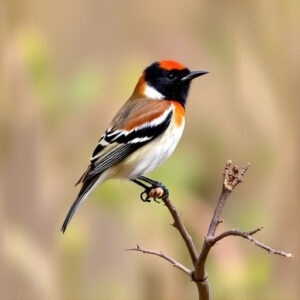The Masked Bobwhite (Colinura mirabilis), native to arid regions of southern Arizona and northern Mexico, is a beloved yet endangered bird species due to habitat loss. The Buenos Aires National Wildlife Refuge stands as a vibrant sanctuary, attracting birders and conservationists with its commitment to preserving and restoring the Masked Bobwhite's natural habitats. Through controlled burning, native vegetation restoration, and reintroduction programs, the refuge revives open, grassy landscapes vital for the bird's survival and enhances birding experiences in southern Arizona, positioning it as a premier global destination for avians and nature enthusiasts alike. Community involvement through collaborative conservation efforts ensures not only the Masked Bobwhite's survival but also the preservation of the region's rich avian diversity.
“Discover how Buenos Aires Refuge, nestled in the heart of southern Arizona, is a vibrant sanctuary for the endangered Masked Bobwhite. This unique habitat restoration project not only revitalizes the natural environment but also positions the region as a premier birding destination. Explore the diverse conservation efforts, from reintroducing species to engaging local communities, that ensure a sustainable future for both wildlife and ecotourism in this vibrant ecosystem. Dive into this journey towards preserving birding in southern Arizona.”
- The Masked Bobwhite: A Southern Arizona Species in Peril
- Buenos Aires Refuge: A Haven for Endangered Birdlife
- Restoring Natural Habitats: The Role of the Refuge
- Birding Hotspot: Why This Region is a Global Attraction
- Conservation Efforts: Protecting and Reintroducing the Masked Bobwhite
- A Sustainable Future: Community Involvement and Impact
The Masked Bobwhite: A Southern Arizona Species in Peril
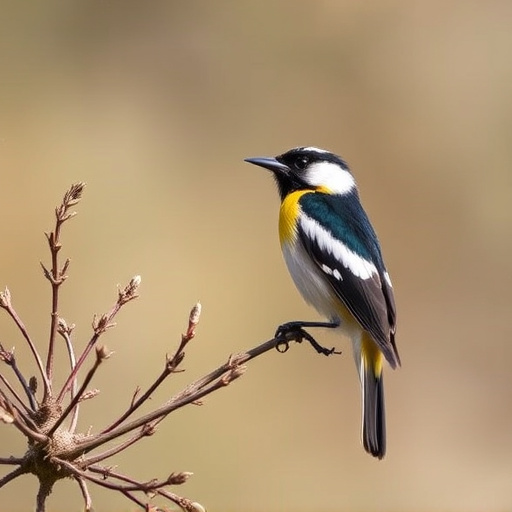
The Masked Bobwhite, scientifically known as Colinura mirabilis, is a captivating bird species endemic to the arid landscapes of southern Arizona and northern Mexico. This small game bird, characterized by its distinctive white stripes on the face and chest, has become a symbol of the region’s unique biodiversity. However, due to habitat loss, fragmentation, and other anthropogenic factors, the Masked Bobwhite finds itself on the brink of peril, prompting conservation efforts in birding circles across southern Arizona.
Once abundant in the scrublands and arid grasslands, the species has faced significant challenges in recent years. The expansion of urban areas, agriculture, and infrastructure development has resulted in a dramatic decline in their natural habitat. Birder enthusiasts and conservationists are working tirelessly to restore and preserve these fragile ecosystems, ensuring a future for this beloved bird.
Buenos Aires Refuge: A Haven for Endangered Birdlife
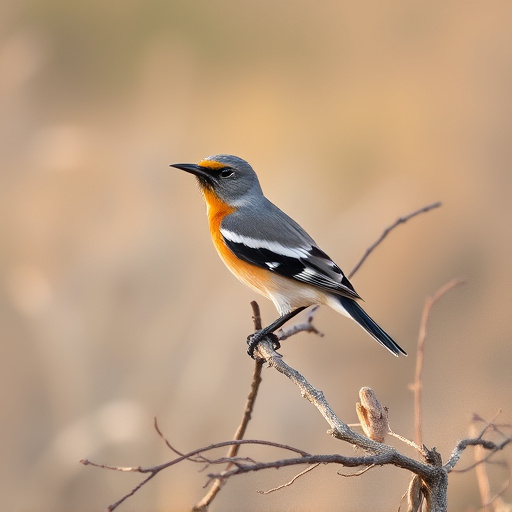
Buenos Aires National Wildlife Refuge, nestled in the vibrant landscapes of southern Arizona, stands as a sanctuary for diverse bird species, particularly the endangered Masked Bobwhite. This refuge, a haven for birding enthusiasts and conservationists alike, offers an unparalleled opportunity to witness these delicate creatures in their natural habitat. The lush, untamed terrain provides the perfect environment for the Masked Bobwhite to thrive, allowing visitors to immerse themselves in the symphony of birdsong that defines this unique ecosystem.
The refuge’s commitment to preserving and restoring wildlife habitats has created a thriving community for numerous bird species, making it a top destination for birding in southern Arizona. With its diverse vegetation and protected waters, the Buenos Aires Refuge ensures the survival and prosperity of the Masked Bobwhite, offering both nature lovers and scientists a rare glimpse into this enchanting avian world.
Restoring Natural Habitats: The Role of the Refuge
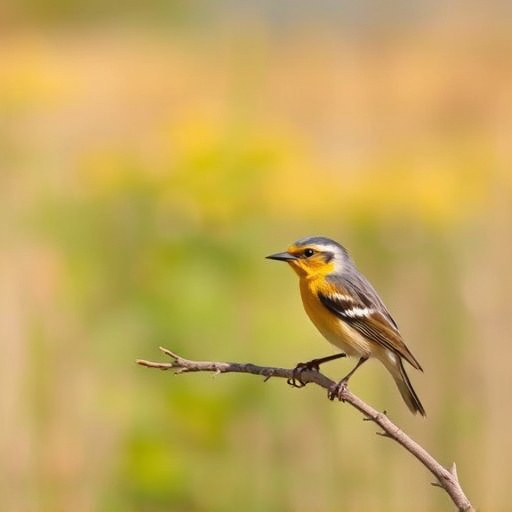
Buenos Aires National Wildlife Refuge plays a pivotal role in restoring natural habitats for the Masked Bobwhite, a species that has seen habitat loss and decline in southern Arizona. Through various conservation efforts, the refuge aims to recreate and preserve the unique ecosystem these birds rely on. By implementing strategies such as controlled burning and native vegetation restoration, the refuge helps maintain the open, grassy landscapes that are essential for birding enthusiasts and critical for the survival of the Masked Bobwhite.
These initiatives not only benefit the Masked Bobwhite but also enhance overall biodiversity in the region, making birding in southern Arizona a more vibrant experience. The refuge’s commitment to habitat restoration ensures that future generations can enjoy the diversity of local bird species and appreciate the delicate balance of nature that these efforts strive to protect.
Birding Hotspot: Why This Region is a Global Attraction
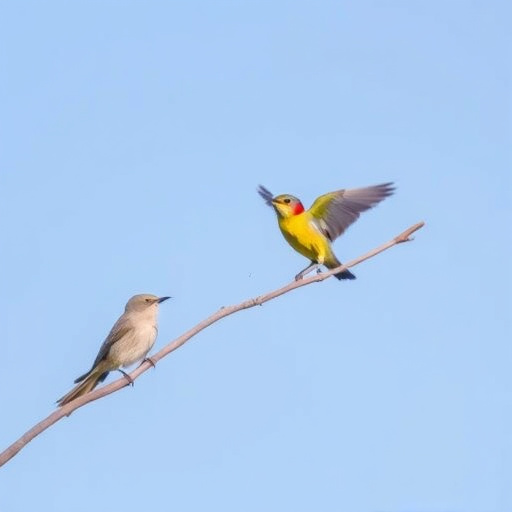
Southern Arizona has long been recognized as a global birding hotspot, drawing enthusiasts from around the world. The region’s diverse ecosystems, ranging from desert landscapes to lush mountains, provide habitats for an incredible array of avian species. This natural diversity is particularly evident in areas like Buenos Aires Refuge, where the Masked Bobwhite, a rare and elusive bird, has found a thriving home.
The refuge’s unique geographical location and varied terrain make it an ideal birding destination. With its mix of open grasslands, scrublands, and forest fragments, it offers a wide range of habitats for birds to feed, breed, and rest. The Masked Bobwhite, known for its distinctive call and elusive nature, thrives in these conditions, making the area a dream come true for birdwatchers seeking a rare sight. Birding in southern Arizona, especially at places like Buenos Aires Refuge, offers an unforgettable experience, attracting both seasoned ornithologists and curious amateurs alike.
Conservation Efforts: Protecting and Reintroducing the Masked Bobwhite
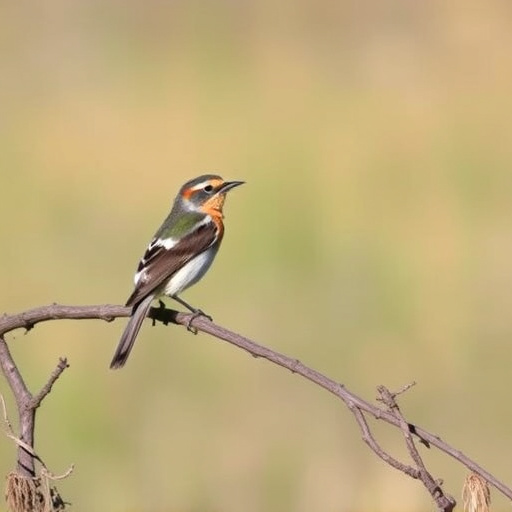
Buenos Aires Refuge plays a pivotal role in the conservation of the Masked Bobwhite, a species that has seen significant habitat loss in southern Arizona. Through collaborative efforts between local organizations and dedicated conservationists, the refuge serves as a sanctuary for these birds, focusing on protecting and restoring their natural habitats. This involves meticulous restoration work to revive the unique ecosystem that the Masked Bobwhite calls home.
The reintroduction program is a cornerstone of these conservation efforts. By carefully selecting and preparing birds for release, the team ensures their success in the wild. Birding enthusiasts in southern Arizona can contribute by participating in monitoring programs and supporting initiatives aimed at preserving this species and its delicate balance within the local ecosystem.
A Sustainable Future: Community Involvement and Impact
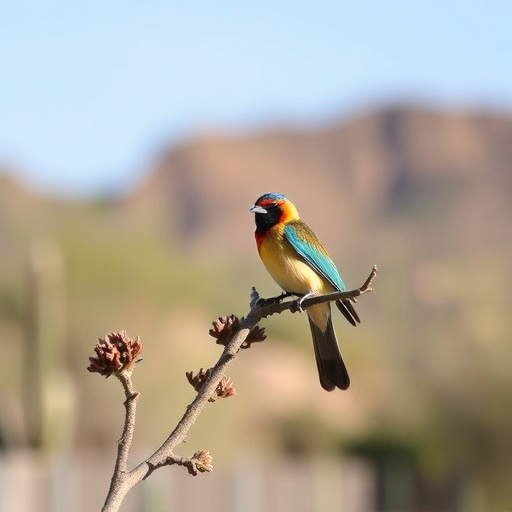
Buenos Aires Refuge plays a pivotal role in preserving the Masked Bobwhite’s natural habitat, fostering a sustainable future for this species in southern Arizona. The refuge’s community-driven approach to conservation involves local residents and birding enthusiasts, ensuring long-term positive impacts. By engaging the community, the refuge promotes environmental education, encouraging responsible land management practices that benefit not only the Masked Bobwhite but also other native bird species in the region.
This collaborative effort has led to successful habitat restoration initiatives, where volunteers actively participate in tasks like weed removal and native vegetation planting. These activities not only restore critical habitats but also enhance birding experiences in southern Arizona, attracting enthusiasts from around the globe who come to witness the diverse avian life thriving in this restored ecosystem.
Buenos Aires National Wildlife Refuge plays a vital role in preserving the Masked Bobwhite’s habitat, making it a prime destination for birding in southern Arizona. Through dedicated restoration efforts and conservation initiatives, the refuge ensures the survival of this endangered species while contributing to the rich biodiversity of the region. Community involvement is key to sustaining these efforts, promising a brighter future for both the Masked Bobwhite and the local ecosystem.
